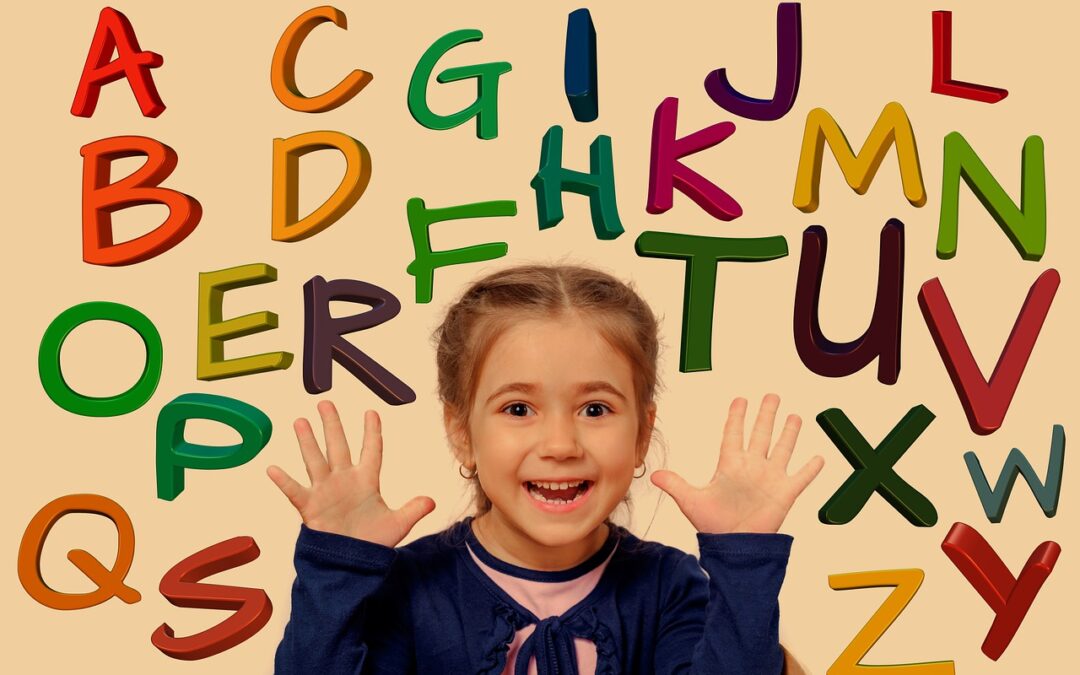
My Animal Alphabet Book
The focus is on learning the alphabet, building vocabulary, and reading skills. The beginning kindergarten child’s focus is on learning the alphabet, but by the end of the second nine weeks of school, children will be doing much more than the alphabet. They will be reading sight words and CVC words. CVC words are three-letter words, such as run, man, top. The goal of this book is to make learning to read fun for the young child.

BOOK REVIEW
I have taught preschool for well over a decade. In the last year I've used this book as a teaching tool. It is wonderfully illustrated and written. It has held the attention of a group of 20 4-year-old children. That is somewhat difficult to do. The author has included a note for parents which I found very informative. I have and will continue to use this book in my classroom as well as recommended it to the parents of my students.
Michelle Wright-Caudill, Amazon customer
"E is for Elephant. Elephants are one of the largest animals on our planet. Their very large ears keep them cool. A baby elephant is a calf." Don’t let the title fool you. This book is much more than an animal alphabet book. As is typical for ABC books, there is an animal assigned to each letter. Each page has a few letters, written in both capital case and lowercase, accompanied by an illustration of the representative animal. But there are also so many fun facts about the animals and their habitats to go along with it that are listed under each letter. Young children will certainly benefit as they learn the alphabet by reading about their favorite animals. This book presents a wonderful opportunity for “I read, you read,” in which children can read, for example, “K is for Kangaroo,” and the adult can then share the animal facts associated with the kangaroo. This interactive, back-and-forth reading facilitates literacy in children while also being fun for them. Children and adults alike will enjoy exploring these animals, their lifestyles, and their eating habits. The author, a teacher who studied early childhood education and the literacy of students in underprivileged schools, makes it a point to use smaller—often three-letter—words when writing the animal facts. These small words, such as “the,” “you,” “see,” and “can,” are some of the first words that kindergarteners learn to read after recognizing the letters of the alphabet. This significantly deepens the usage of this entertaining book both in and out of the classroom. Furthermore, the illustrations are striking yet simple, and kids will enjoy flipping through and finding animals that they recognize.
Cristen Fitzpatrick, The US Review of Books
Author Delores Henriques has written a lesson in teaching pre-K, Kindergarten and 1st Grade children how to begin to read in her illustrated publication titled My Animal Alphabet Book. Sequentially listing the letters of the alphabet along with an associated animal, such as “A if for Alligator,” and “B is for Beaver,” then writing a sentence about the specific characteristics of the animal, accompanied by an artistically appealing illustration, the book progresses from A-to-Z. Having this resource to read to children will establish the foundation of the letters of the alphabet, and form the building blocks to go onto frequently used words. As we all know children need the right tools to be taught the steps to read, and this book is an ideal introductory lesson which can be read to children over and over again so they can memorize the alphabet. The next section of the book following the illustrated pages of animals, has a random listing of the letters, both in upper case and lower case, where parents can go over each of the letters to make sure the child understands each letter and has committed it to memory. In effect, having the first part of the book teaching the letters then having the second part offering a bit of a challenge makes this a “one-two” approach for teaching the alphabet. Finally Delores Henriques tells parents of the value of reading and some of her thoughts gained by not only her years of being a school teacher, but a mother of two and having six grandchildren. In this section she has some very interesting photographs of parents and children together, as her thoughts are “spot-on” for making sure parents understand the importance of building a solid foundation at a young age for their children to read. My Animal Alphabet Book educates as it entertains, and with the lovely illustrations makes this a wonderful family library addition, or a perfect present for a baby shower, giving the tools to help the next generation become readers and writers.
Beth Adams, Amazon customer
LATEST BLOG
There is nothing to tell about me at all.
Not much to say http://www.google.cz/ about me at all.I enjoy of finally being a part of a.I really wish I http://www.google.cz/ am useful in one way .
Biofit Evaluate Update
This article is a full and unbiased evaluate of BioFit probiotics, a multi-strain probiotic that promises to accelerate weight loss and improve intestine well being. Scientific proof additionally exists about these wholesome bacterias to have beneficial properties in...

Why Children Should Learn the Alphabet
The Alphabet is the foundation of reading. Many studies show that without Alphabet knowledge, no one can learn to read or write. Children who interact with Alphabet books and activities that match letters with letter sounds will begin to use letter names...

